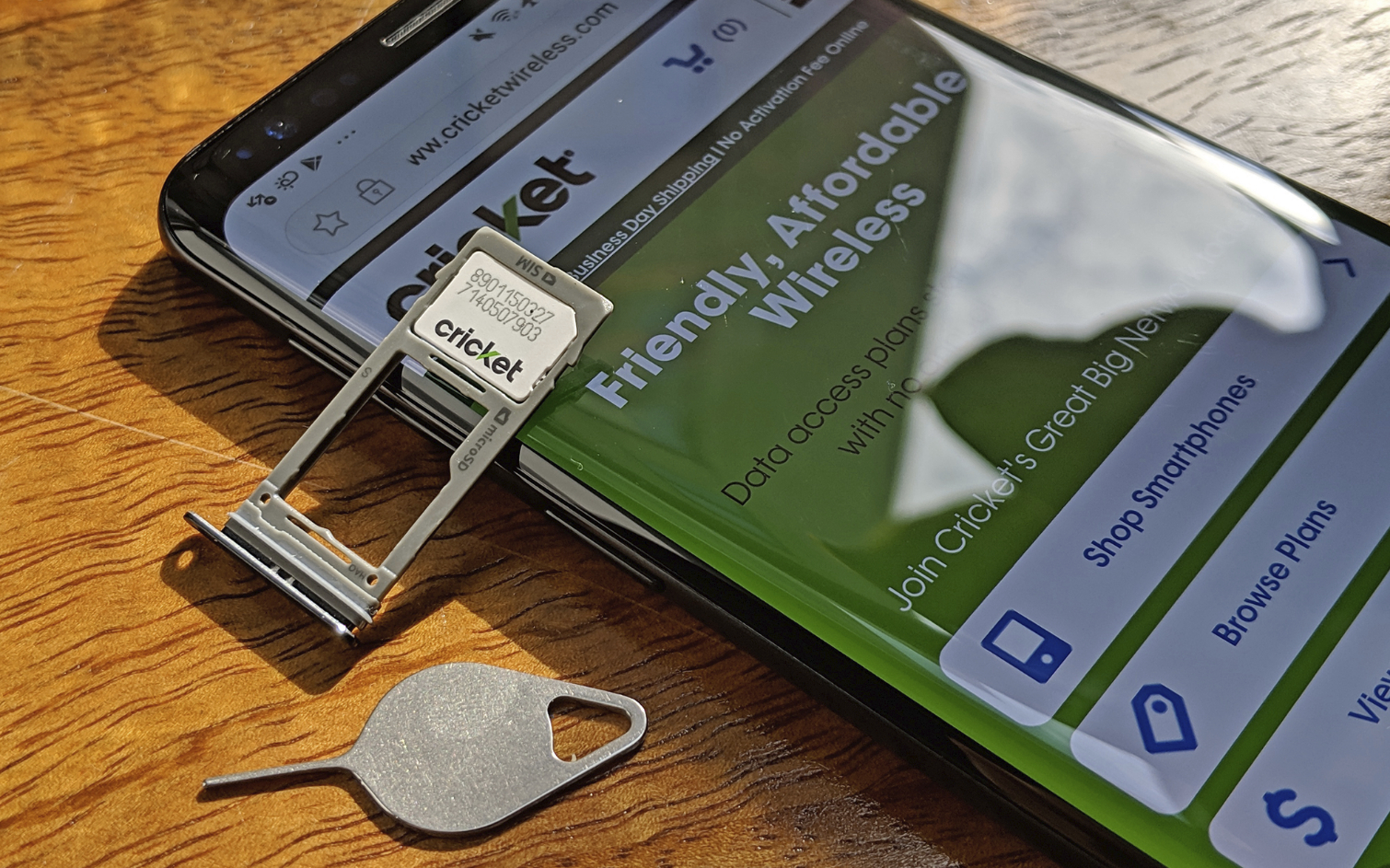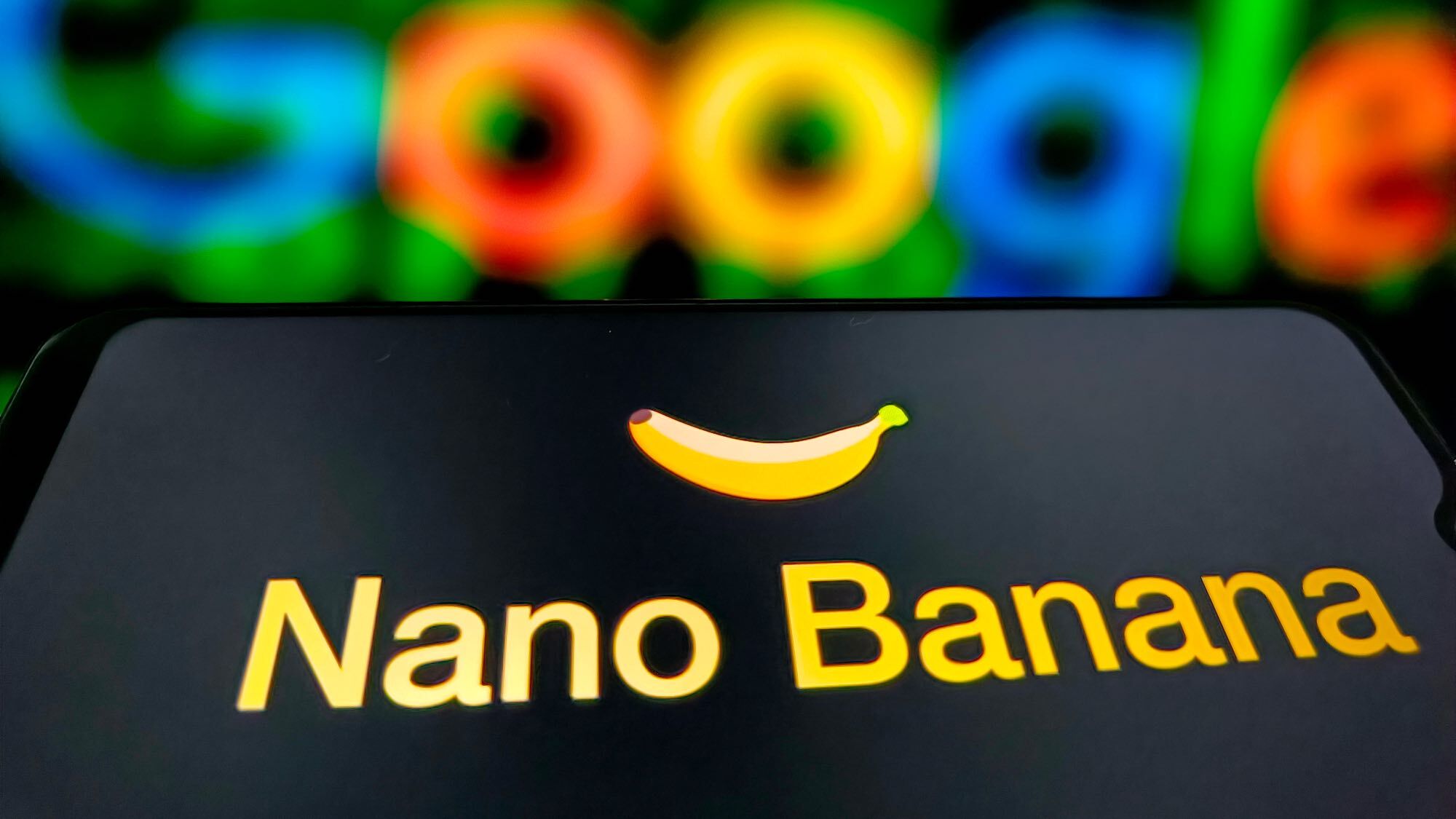Want Fast LTE Speeds? Avoid This Network
Cricket Wireless' lethargic data is downright cruel for customers.
Last month, prepaid carrier Cricket announced it would remove its 8 Mbps speed cap on its most expensive wireless plan — the $60-per-month Unlimited Extra option.

Cricket’s speed cap is easily the single most glaring problem with its service when compared to its prepaid rivals, like MetroPCS (recently renamed Metro by T-Mobile) and Boost. Average download speeds are always on the rise, and with many networks hovering around 30 Mbps in many of the cities we tested, 8 Mbps feels very, very antiquated.
The situation is even more dire when you compare Cricket’s LTE network (which operates on AT&T’s towers) to the 3G infrastructure of old. Back then, 4 Mbps throughput was the norm. Today, many carriers are discontinuing their 3G networks — Verizon made one such announcement in September — and yet Cricket continues to enforce a measly 3 Mbps cap on its cheaper $55 Unlimited plan.
Cricket currently offers a total five plans: one that only offers talk and text for $25 per month, 2GB and 5GB data options restricted to 8 Mbps for $30 and $40, respectively, and the aforementioned pair of unlimited plans. With the base 3 Mbps Unlimited choice, customers are further throttled after they’ve consumed 22 GB in a billing cycle. While the more expensive $60 Unlimited Extra tier does offer uncapped data by default, customers are liable to be throttled at any time based on network conditions, according to the fine print on Cricket’s website.
MORE: Fastest Wireless Networks 2018: We Tested 8 Carriers to Crown a Winner
If this all sounds terribly complicated — even for wireless carriers — that’s because it is. Most companies divide plans by data consumption, but in lifting the speed cap on certain plans while still imposing harsher ones on others, Cricket has effectively further divided its service by speed tiers as well.
The thing is, four years ago, when Cricket was relaunched after AT&T bought it, 8 Mbps wasn’t too bad. You might get only twice that on the nation’s fastest networks, if you were lucky, and besides — there weren’t very many applications you would have needed that speed for, save for HD video streaming.
Get instant access to breaking news, the hottest reviews, great deals and helpful tips.
Fast forward to 2018 and Cricket’s rules haven’t really changed, even though the landscape definitely has. AT&T averaged 9.1 Mbps for downloads back in 2014, based on data from OpenSignal. This year, it averaged 37 Mbps in our testing across eight cities. Once upon a time, 8 Mbps wasn’t far off the mark, but that clearly isn’t the case anymore.
Cricket’s resistance to adapt in the face of progress has made it a considerably worse deal for customers, too. Metro offers four plans with no speed caps — a $30 2GB plan, a more appealing $40 monthly option offering 10GB of LTE data, and two unlimited ones at $50 and $60, differentiated by hotspot data allotment and bonuses like Amazon Prime. Throttling does come into effect, but only after you’ve consumed 35 GB in a billing cycle — which is pretty much the industry standard.
Boost’s unlimited plan also begins at $50. While it does have caveats of its own, they only affect certain use cases, like music streaming and multiplayer gaming. Why opt for Cricket’s proposition when it’s full of compromises other carriers don’t force you to put up with?
- A fast VPN is a great way to make the most of your quick connection

In fact, that was the very question I asked myself before I switched from Cricket to AT&T prepaid in 2017. I joined Cricket in 2014, back when the network was called Aio. For a few years, I had no qualms about the service, and I appreciated some of the perks that Cricket doled out to its customers that were rare among prepaids at the time, like free visual voicemail, as well as taxes and fees included in the base monthly rate.
At first, I was happy to accept the 8 Mbps cap, because I joined the network with a 3G handset. But once I graduated to LTE, 8 Mbps began to feel slower and slower. AT&T’s prepaid network operates on precisely the same towers as Cricket, but doesn’t cap your downloads. Once I switched from Cricket, I was astonished by the speed I’d been missing out on for so long — though, I did have to spend an extra $10 a month beyond what Cricket had been charging me.
These days, I couldn’t imagine returning to data speeds chugging along at 8 Mbps (or worse, since Cricket actually averaged 6.5 Mbps download speeds in our testing). We have devices today with gigabit LTE modems, that have the capability to outpace the wired networks in many customers’ homes. It’s unthinkable that anyone should have to settle for mobile data at the same speeds people were getting seven years ago.
Then again, things could change. Maybe once the rest of the world moves onto 5G, Cricket will finally give its customers true LTE.
Adam Ismail is a staff writer at Jalopnik and previously worked on Tom's Guide covering smartphones, car tech and gaming. His love for all things mobile began with the original Motorola Droid; since then he’s owned a variety of Android and iOS-powered handsets, refusing to stay loyal to one platform. His work has also appeared on Digital Trends and GTPlanet. When he’s not fiddling with the latest devices, he’s at an indie pop show, recording a podcast or playing Sega Dreamcast.
